Order Nautilida Agassiz 1847
Family Tainoceratidae Hyatt 1883
Genus Metacoceras Hyatt 1883
This Tainoceratidae spans from the Early Carboniferous until the Late Triassic. Metacoceras, a genus under this family, is one of, if not the most, found cephalopods in both the Brush Creek and Pine Creek limestones. Only Pseudorthoceras would challenge this claim, but their longer shells are more difficult to recover unbroken, making comparison difficult.
I have long avoided specifying a species for large specimens of this genus, as the group is very crowded, with 27 species listed in the Paleobiology Database and 39 sibling genera in the family. Sturgeon et al. (1997) said of the group “a thorough restudy and evaluation of the genus and its species are in order” and that “Metacoceras has more species than any other genus of Pennsylvanian and Permian coiled nautiloids”. They also offered an exceptional figure (Sturgeon et al., 1997, fig. 1-7) of diagrammatic cross-sections of adult whorls of nautiloids found in Ohio, including six different species of Metacoceras. Part K Mollusca 3 of the Treatise on Invertebrate Paleontology has another comparable figure (page K391, fig. 283).
Kummel (1964) discussed the treatment of ornamentation as a species divider in Metacoceras and says that the division of species using this trait is questionable and that using it to divide genera is unrealistic. Some authors attempted to categorize groups based on the morphology of the first volution (juvenile). Yet, Kummel felt that distinction based on this was unreliable due to several environmental factors that could alter said morphology.
The first noticeable feature of Metacoceras is its prominent nodes on the ventrolateral shoulders. The shell is convolute, with a noticeable umbilical depression in the cross-section. The whorl chambers are subquadrate; specimen CG-0161 (page xx) shows the shape of these along with the position of the siphuncle well. Early whorls within the umbilicus are challenging to see as they are delicate and usually filled with a hard matrix.
Mojsvaroceras Hyatt, 1883, from the Triassic, is a stated direct descendent of Metacoceras. Tainoceras, which appears later in the Ames Limestone, is similar to Metacoceras except for two additional rows of nodes that run along the venter.
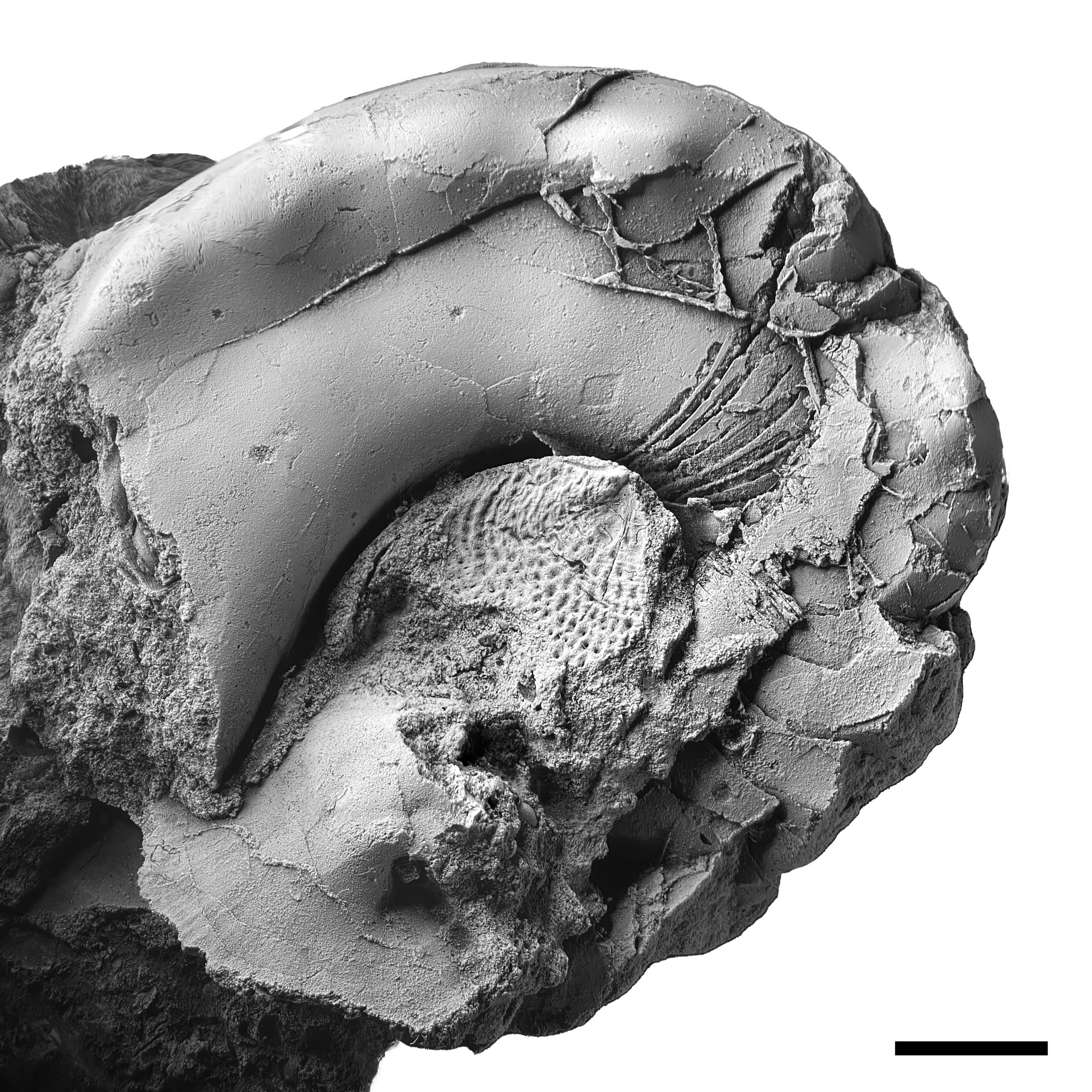
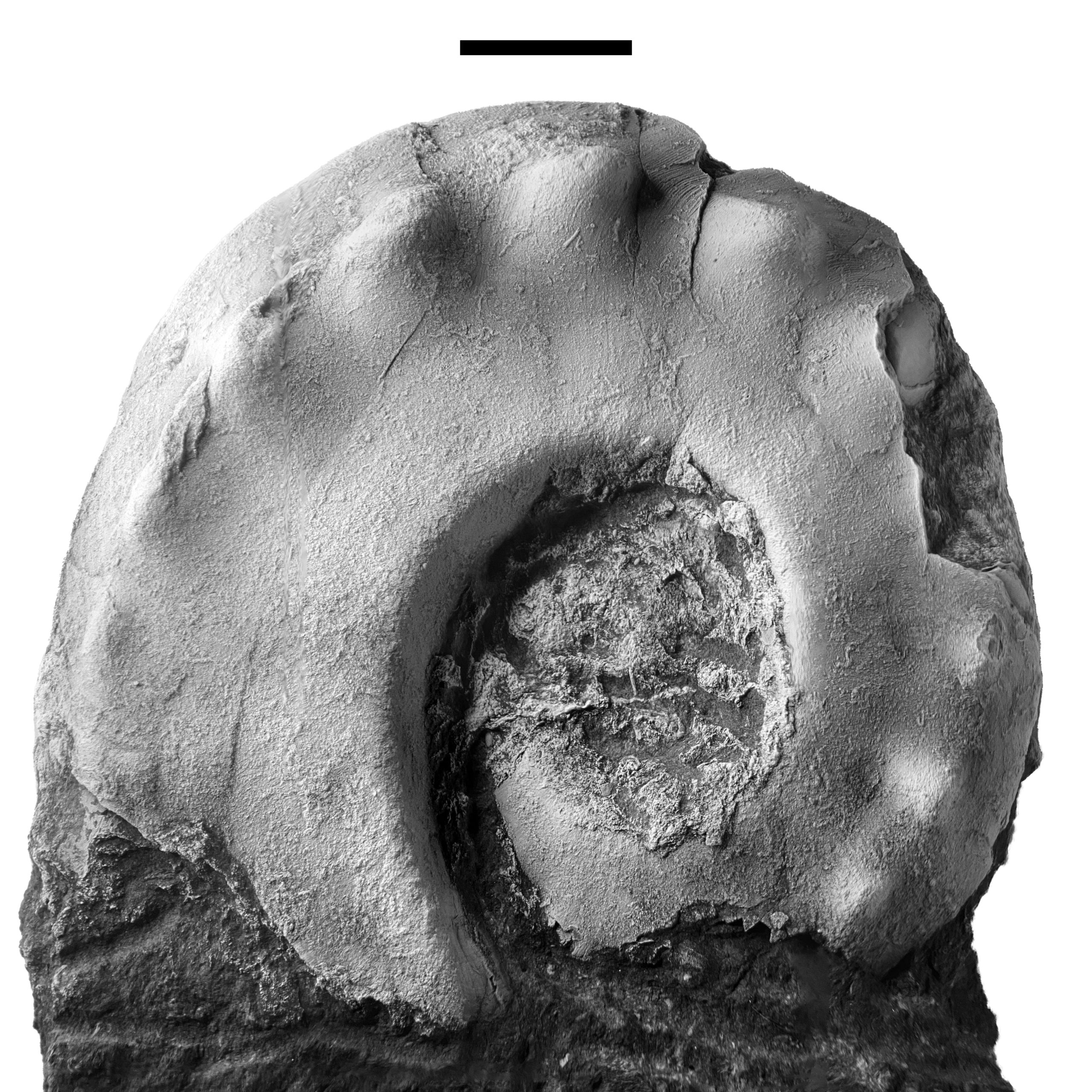
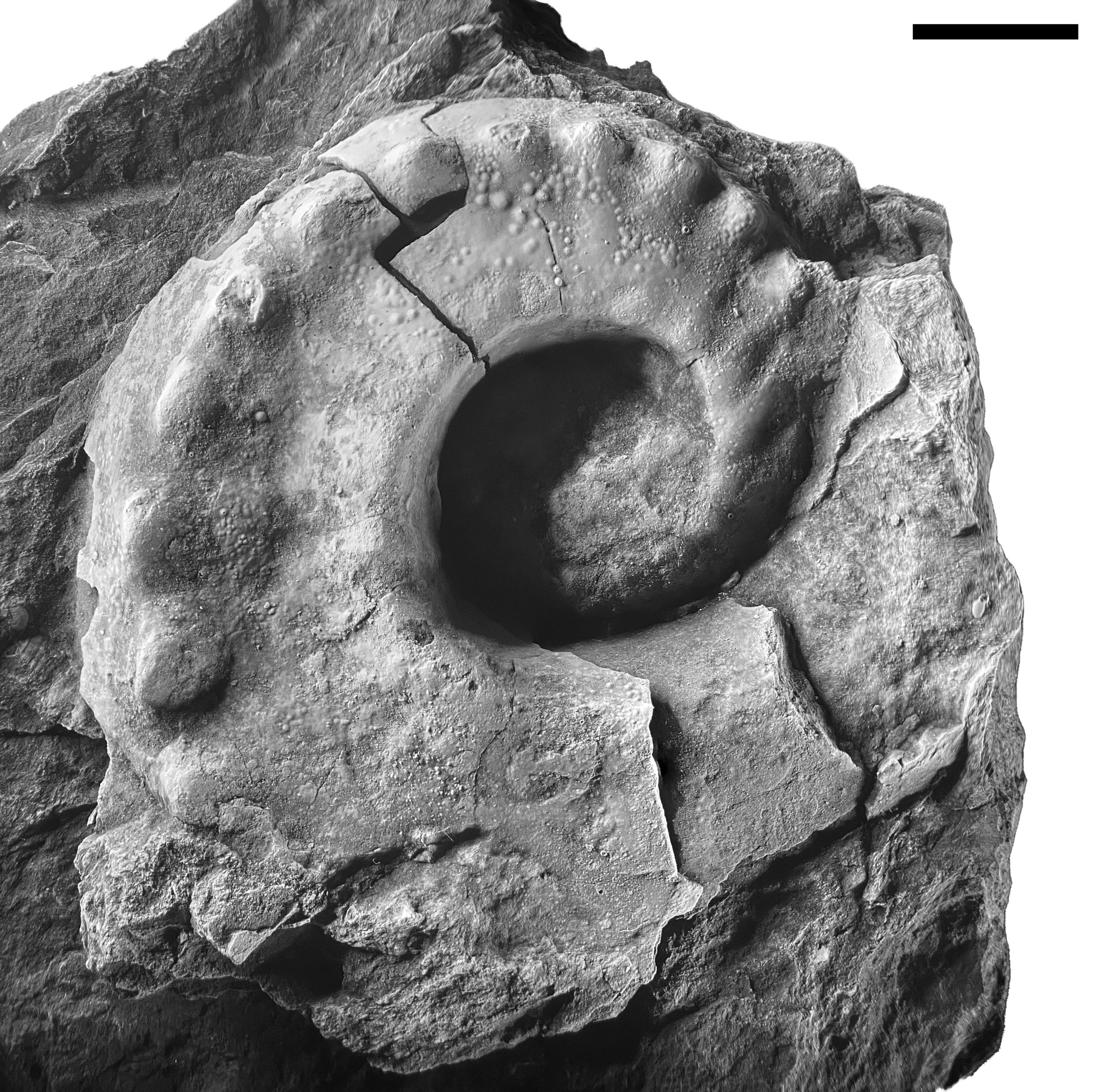
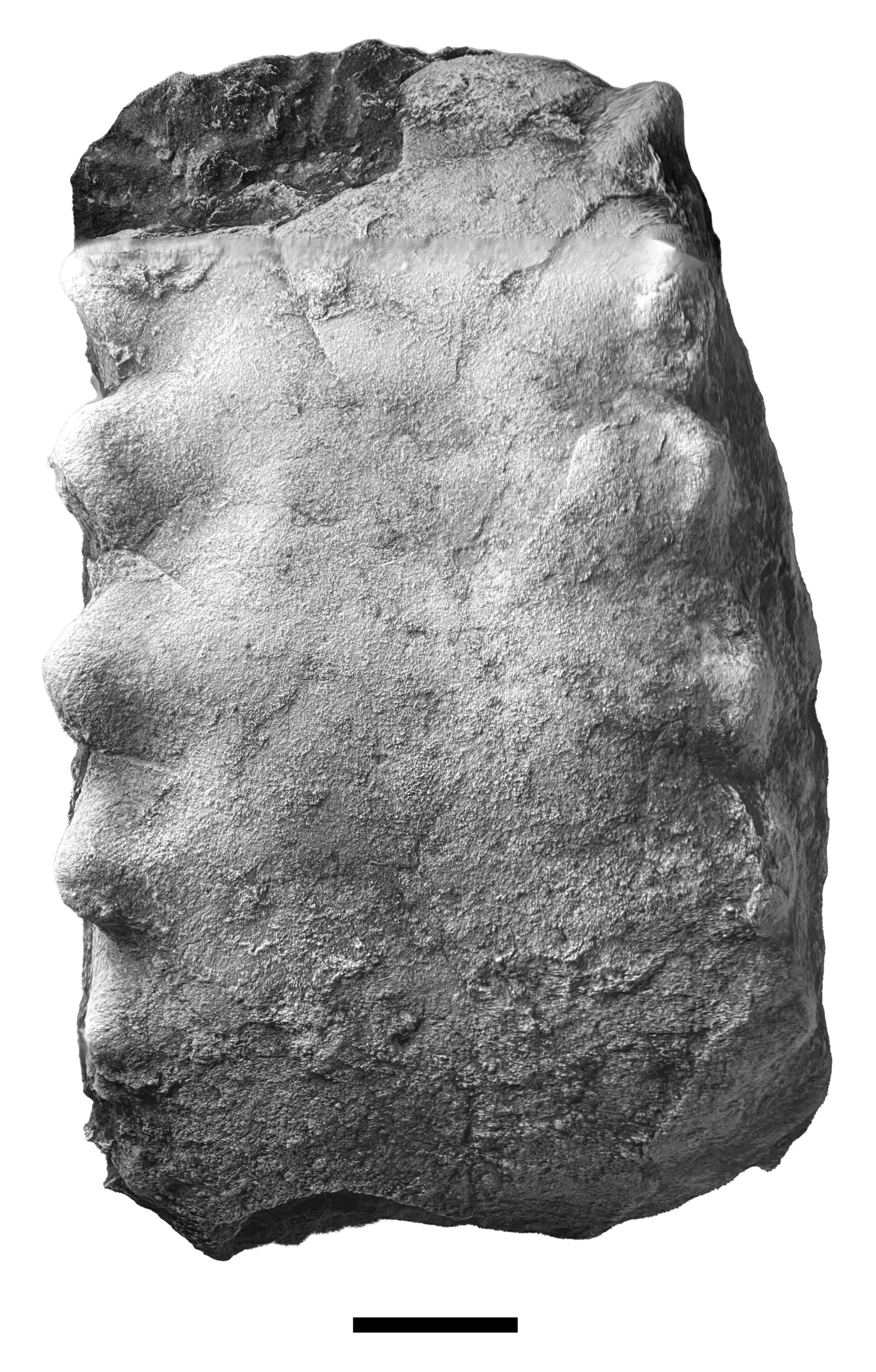
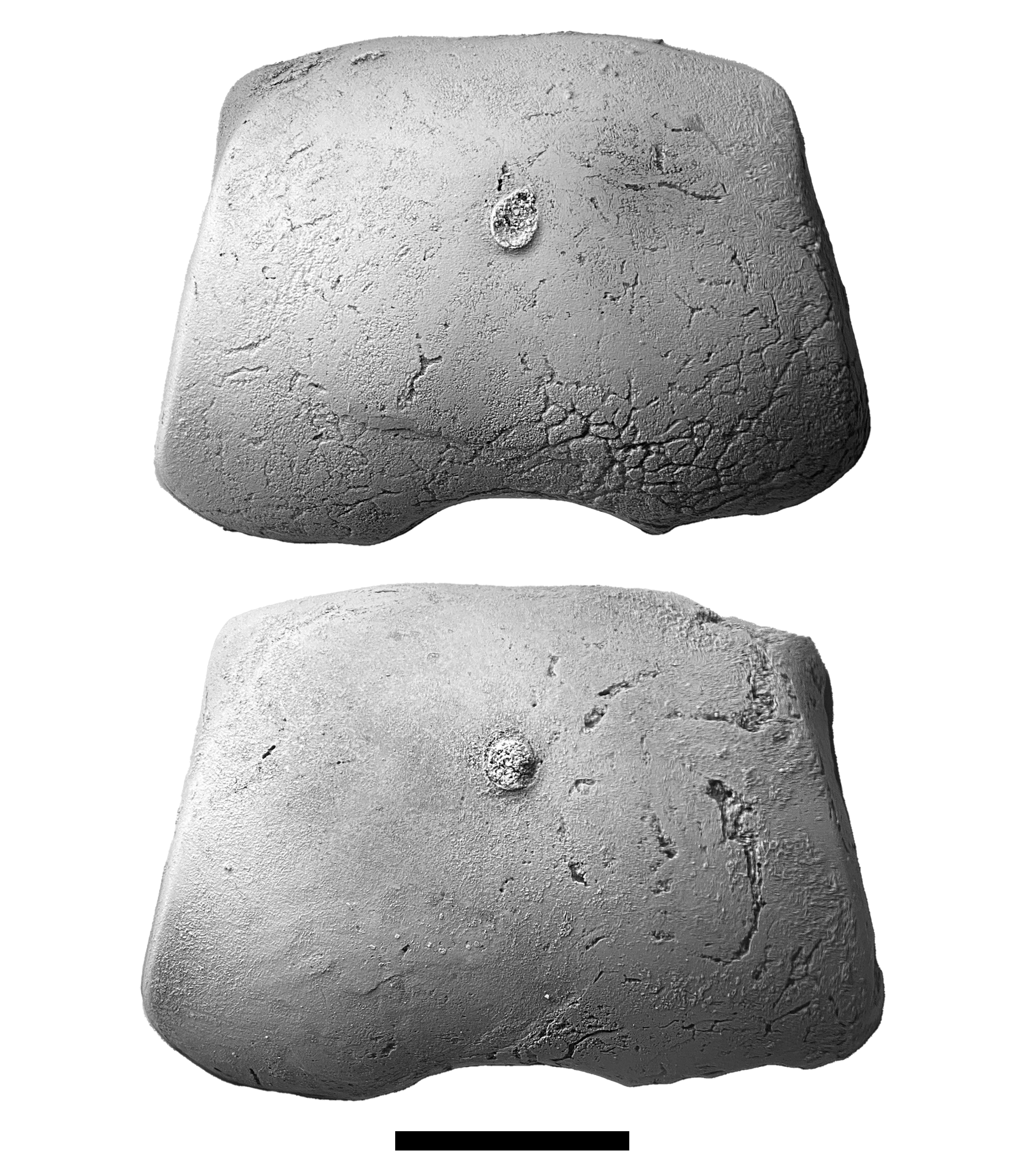
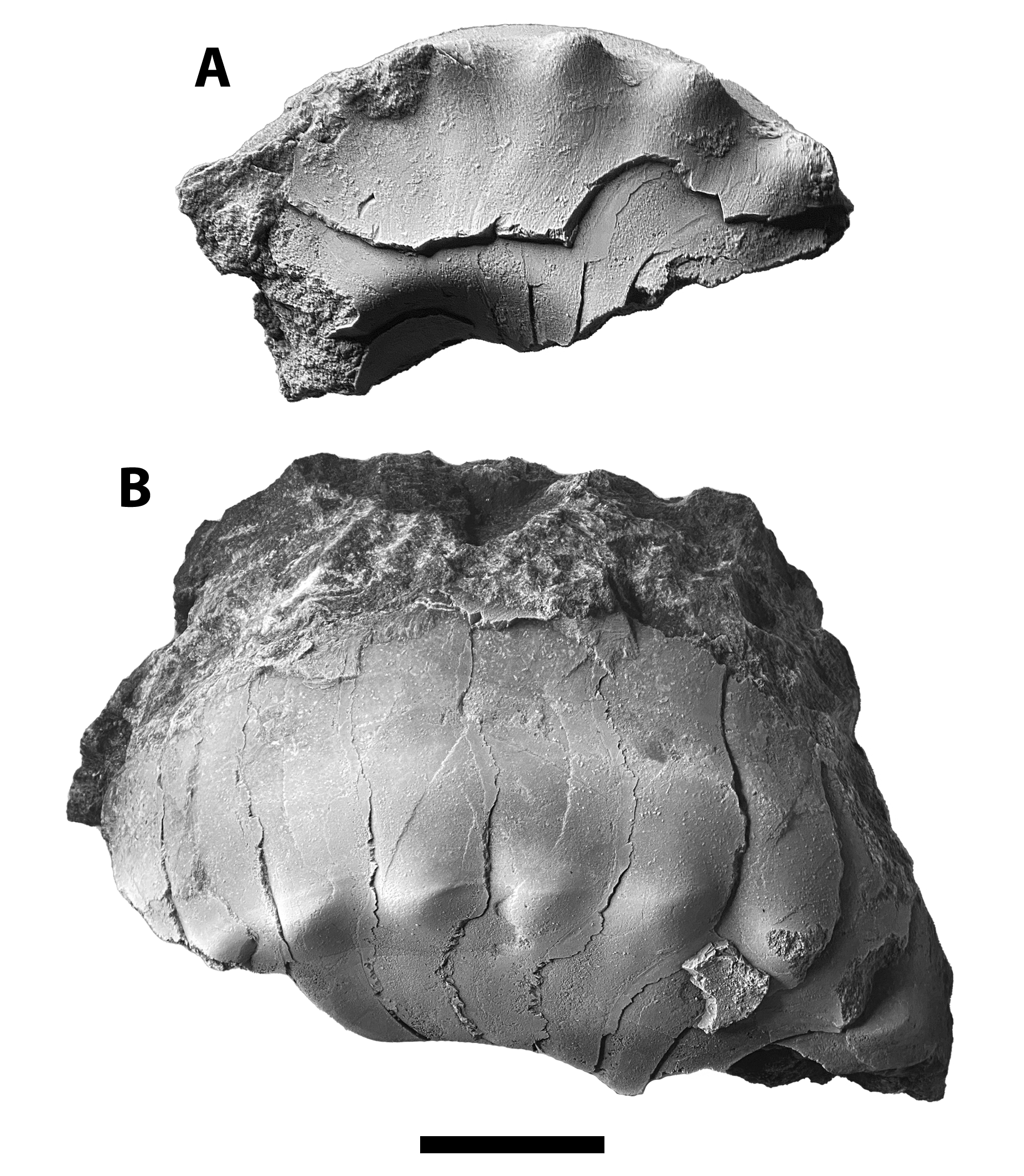
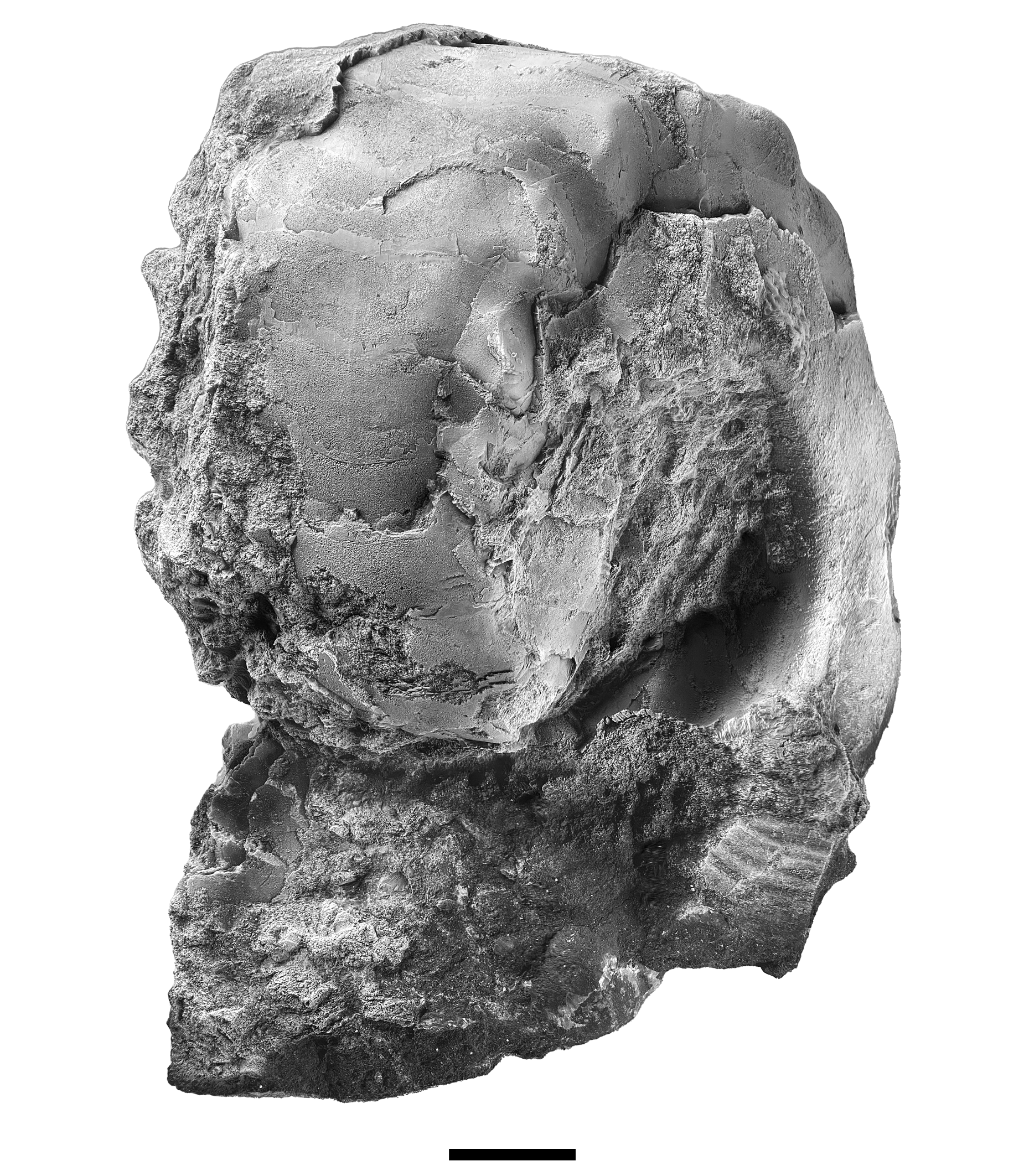
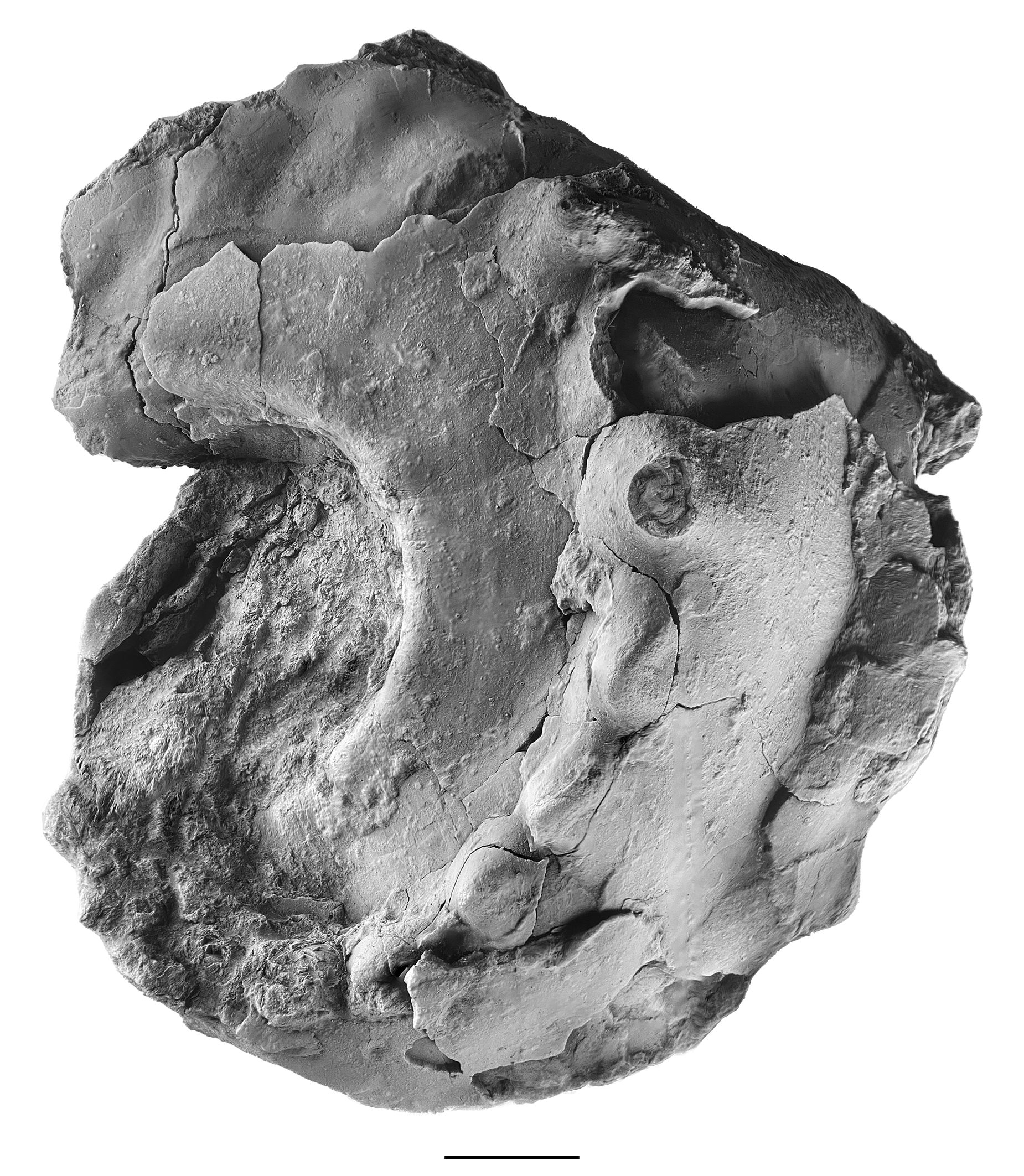
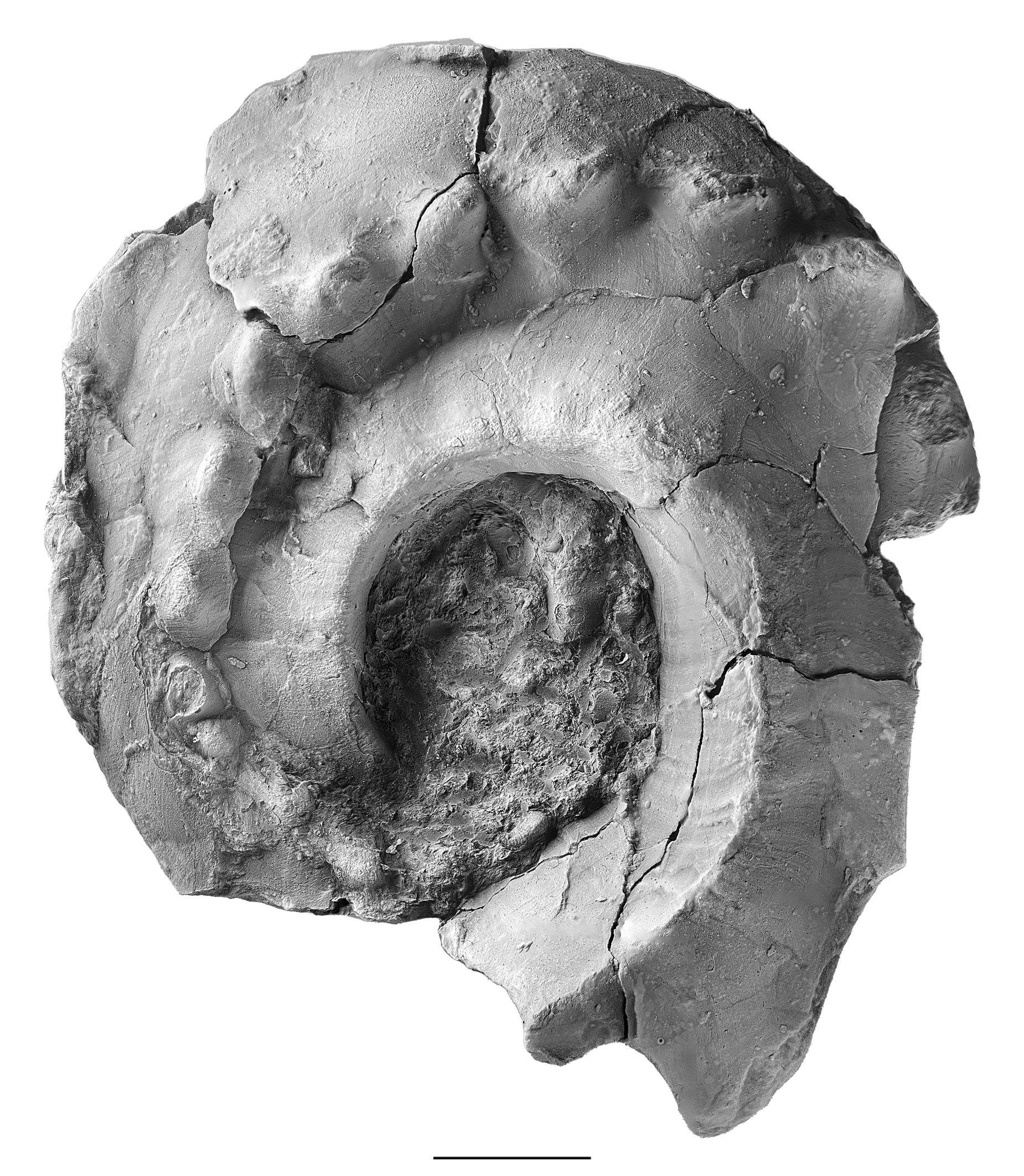
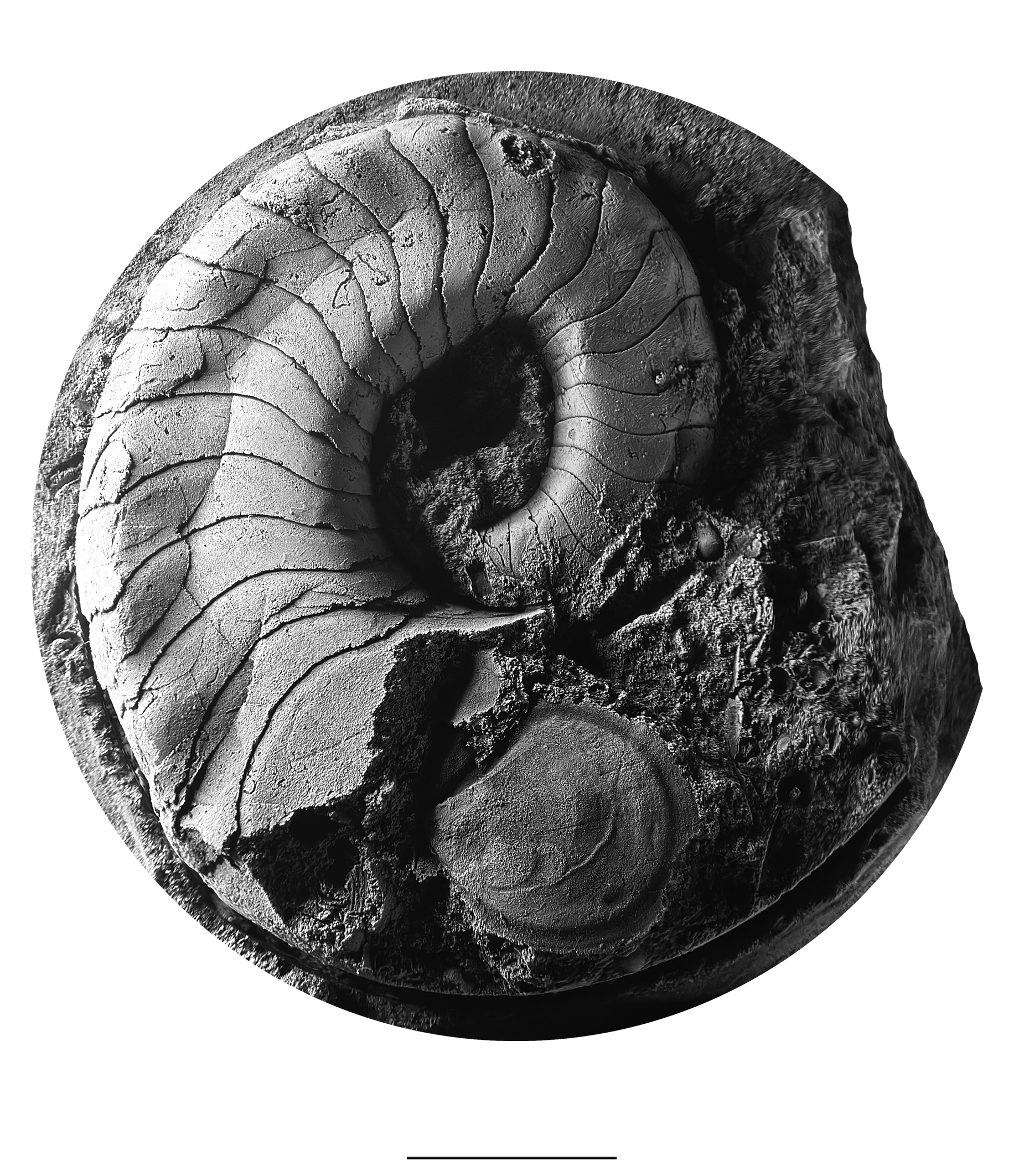
Genus Metacoceras Hyatt 1883
Species clinocostatum Sturgeon 1982
The extinct cephalopod Metacoceras clinocostatum is commonly found in Brush Creek limestone. Compared to other examples of the genus Metacoceras, it is very small. I was apprehensive about identifying these. In the past, I believed they were the inner whorls of larger specimens, but these are small cephalopods.
The common local cephalopod genus, Metacoceras, lists twenty-seven genera on Fossilworks, inside of the Paleobiology Database. But for whatever reason, M. clinocostatum is not listed as one of the genera in the database. It was clearly defined as a new species by Sturgeon et al. in a research article published in November of 1982, ahead of the publication of Pennsylvanian Cephalopods of Ohio. The authors used Metacoceras perelegans as a basis for their new species. The type locality is the Brush Creek Member (1979) in Ohio. There is no specific geographic location given. Its name comes from two Latin words, clino, which means included, and coctatus, which means ribbed.
The holotype is specimen OSU 28971-A. The specimen is 17 mm in diameter and has an 8 mm shoulder-to-shoulder umbilical diameter.
Dernov (2021) suggested that these specimens may belong to Gzheloceras and/or Pseudogzheloceras. He states that massive traverse ribs on the flanks are not typical for Metacoceras.
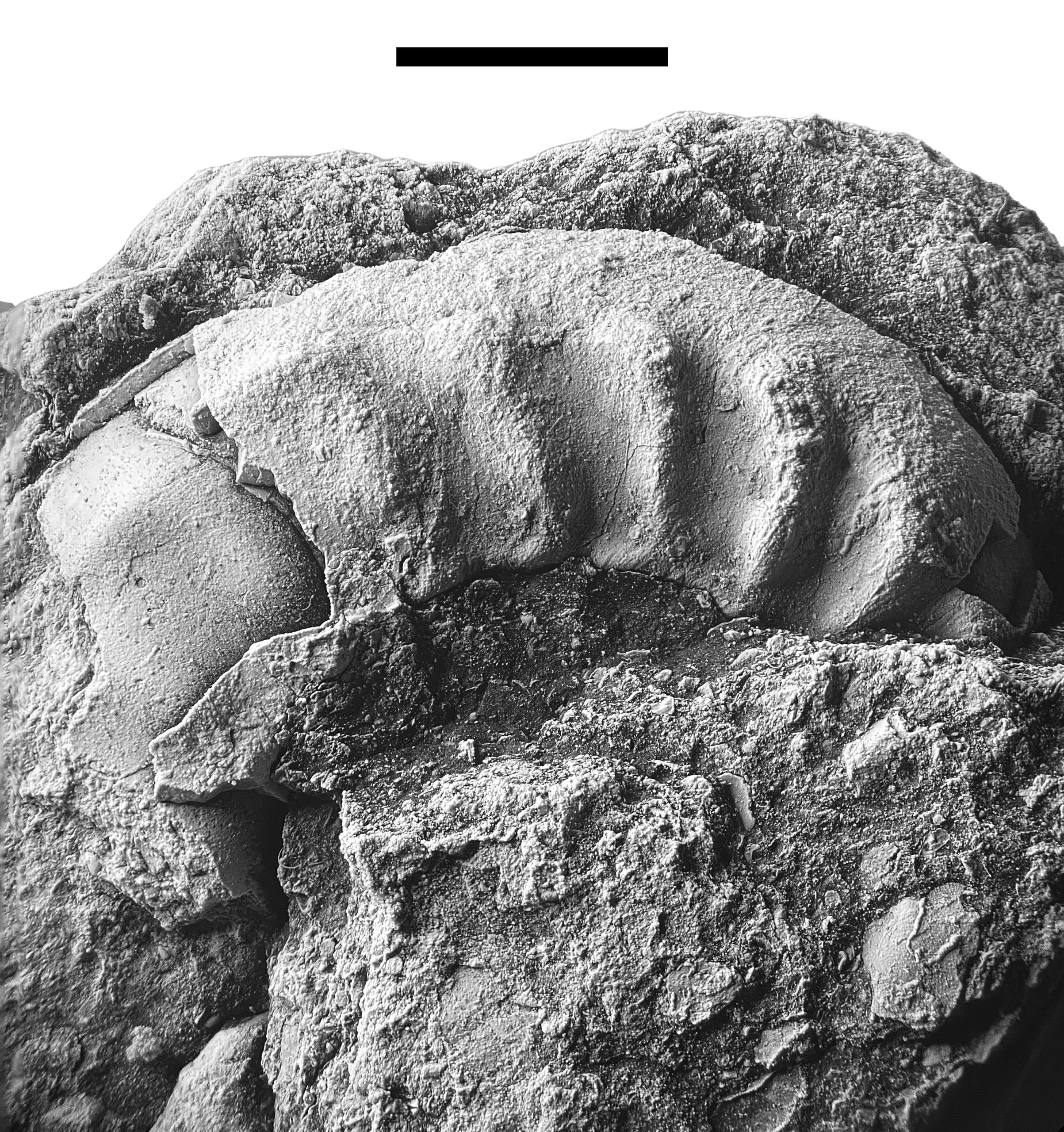
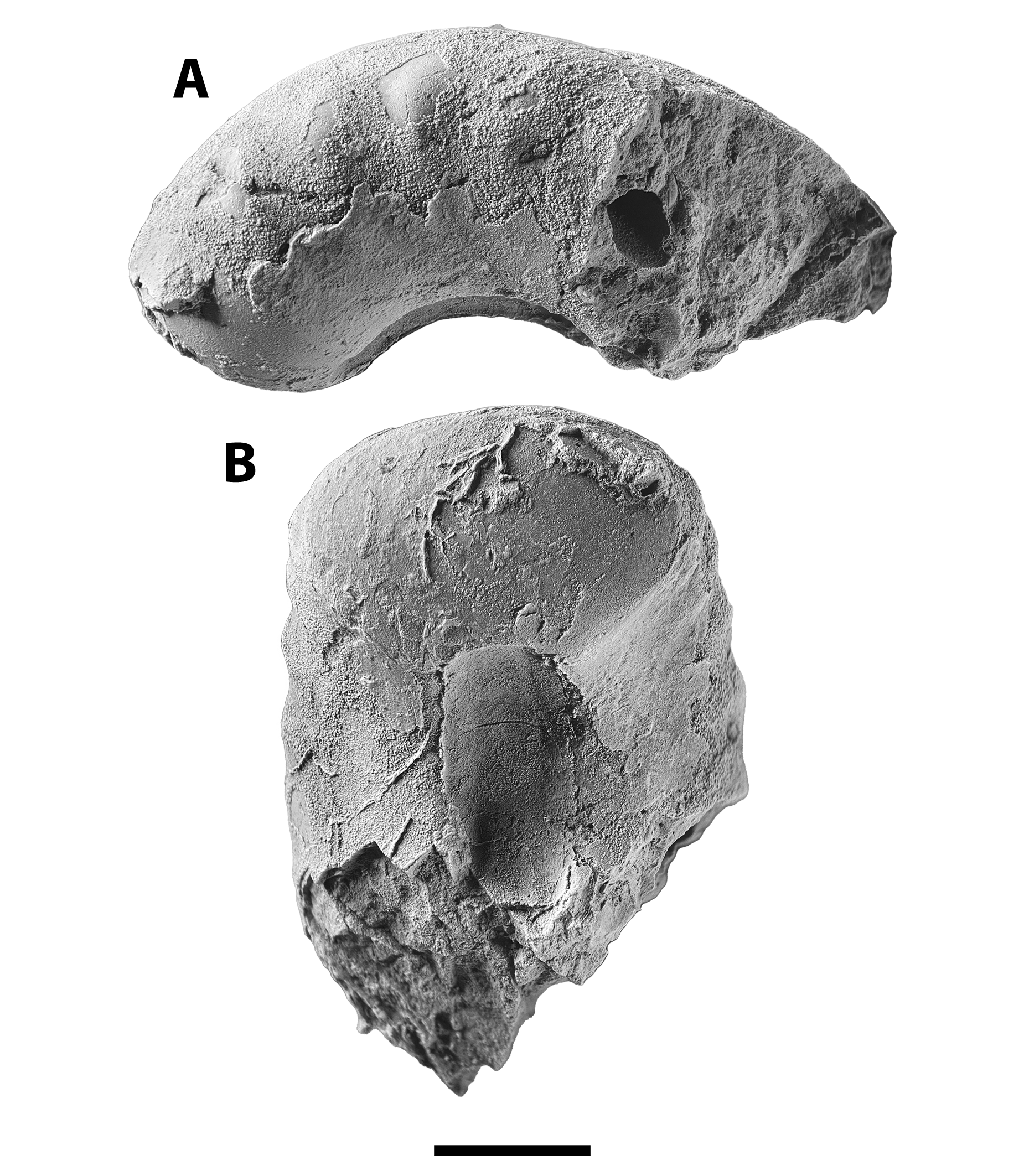
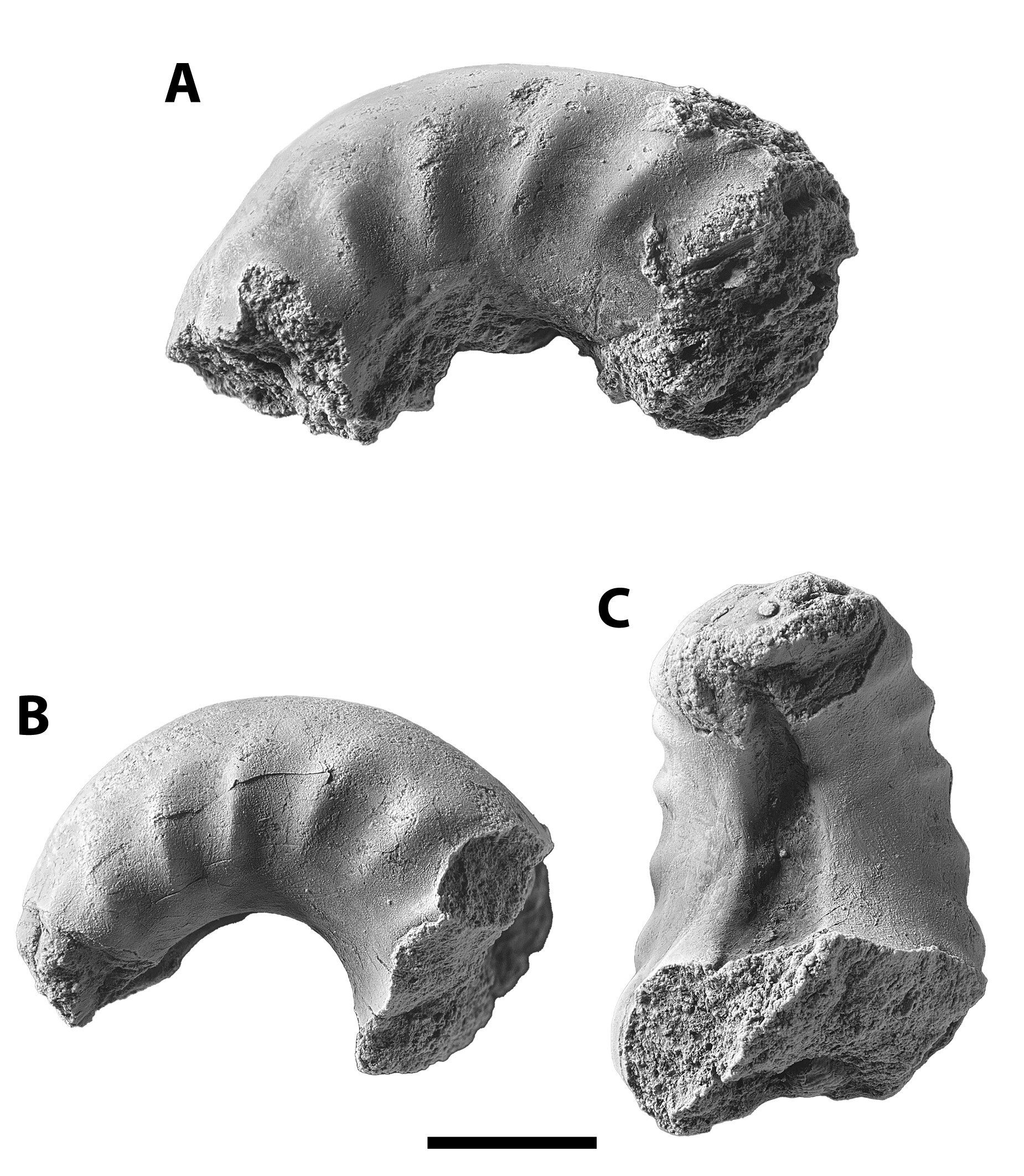
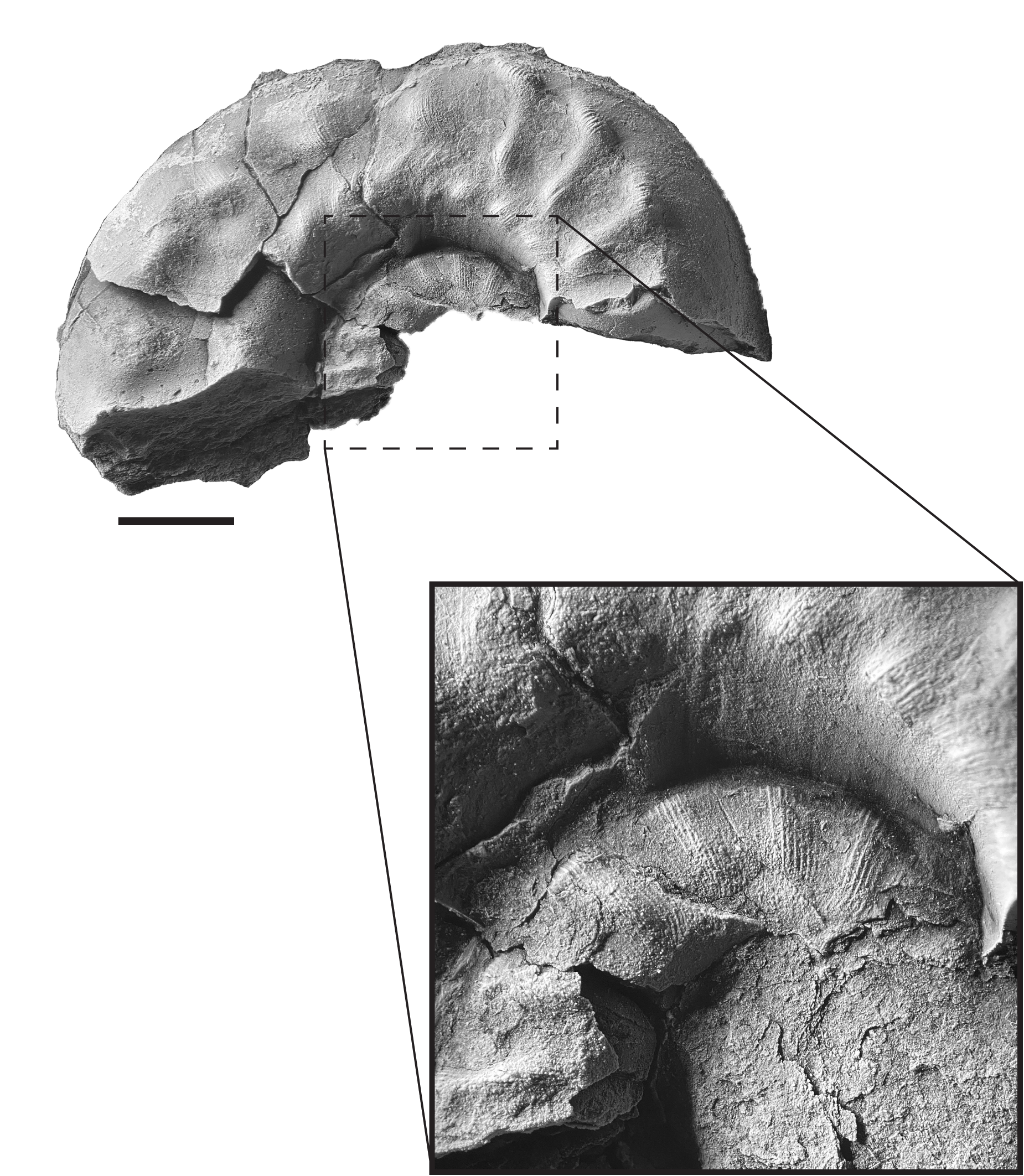
References
- Agassiz, L., 1847. An introduction to the study of Natural History, in a series of lectures delivered in the hall of the College of Physicians and Surgeons. New York: Greeley & McElrath. 58 pp.
- Dernov, V., 2021, Pseudogzheloceras — a new genus of Carboniferous nautilids (Cephalopoda) from Europe and North Africa. GEO&BIO, vol. 21, pp. 87–94.
- Hyatt, A., 1883. Proceedings of the Boston Society of Natural History V. 22, Genera of Fossil Cephalopods, Boston Society of Natural History, pp. 268–269
- Kummel, B., 1953. American Triassic Coiled Nautiloids, In Professional Paper. US Geological Survey, pp. 1–104
- Kummel, B., 1964. Nautiloidea-Nautilida, p. K383–K466. In R. C. Moore (ed.). Treatise on Invertebrate Paleontology, Part K, Mollusca 3. Geol. Soc. Am. and Univ. Kans. Press, Lawrence.
- Miller, Unklesbay, 1942. The Cephalopod Fauna of the Conemaugh series in Western Pennsylvania, Annals of the Carnegie Museum
- Miller, A.K., Unklesbay, A.G., 1947. The Cephalopod Fauna of the Conemaugh Series in Western Pennsylvania: Supplement, Annals of the Carnegie Museum, v. 30, pp. 319–330
- Sturgeon, M. T., Windle, D. L., Mapes, R. H., Hoare, R. D., 1982. New and Revised Taxa of Pennsylvanian Cephalopods in Ohio and West Virginia, Journal of Paleontology, Vol 56, No. 6, November 1982. pp. 1453–1479
- Sturgeon M.T. et al, 1997. Pennsylvanian Cephalopods of Ohio, Part 1 Nautiloid and Bactritoid Cehphalopods, pp. 26–28, pp. 98–99

Late Carboniferous Fossils from the Glenshaw Formation in Armstrong County, Pennsylvania
Preface | The Photographic Process
Localities: Locality SL 6445 Brush Creek limestone | Locality SL 6533 Pine Creek limestone
Bivalvia: Allopinna | Parallelodon | Septimyalina
Cephalopoda: Metacoceras | Poterioceras | Pseudorthoceras | Solenochilus
Gastropoda: Amphiscapha | Bellerophon | Cymatospira | Euphemites | Glabrocingulum | Meekospira | Orthonychia | Patellilabia | Pharkidonotus | Retispira | Shansiella | Strobeus | Trepospira | Worthenia
Brachiopoda: Cancrinella | Composita | Isogramma | Linoproductus | Neospirifer | Parajuresania | Pulchratia
